
If you plan on taking your dog out of the house or yard at any time, your dog will need to learn how to walk on a leash. In fact, many municipalities and most public parks will require your dog to be leashed. Unfortunately, this can be one of the hardest training tasks you will have to master. While it may have been easy to teach Fido to sit, lie down, or even shake hands and roll over, when a dog gets out of the house into the great wild places of your neighborhood, his last thought will be how to please you.
Very few dogs are naturals at walking on a leash. A dog, by nature, loves to run, and many dogs have an idea of "territory" that is much larger than your house or even yard. Dogs also have an instinct, held over from their ancestors the wolves, to chase things that run, to pursue. If your dog is going to be out of the house, he will need to learn what is expected of him on a leash.
This whole process can be very discouraging. How many times have we seen adults walking their fully grown dog that they can't control, getting pulled along the sidewalk or yanked side to side as the dog notices something exciting. Once a dog reaches this stage, it becomes very hard to correct the behavior (it's not impossible though, so don't give up!)
The best time to teach a puppy good walking habits is during puppyhood. As a puppy, your dog will want to find ways to please you, and will also be more open to new ideas or ways of doing things. Find a collar or harness that fits your puppy and a leash and begin training right away. If he pick it up while he's a puppy, the act will become nearly second nature to your dog in adulthood.
A note on harnesses: There are many different dog walking devices, from cloth collars to choke collars, to spike or prong collars, but easily the most effective is the harness. A harness clips in front of and behind the legs and its design means that, instead of choking your dog when he pulls, which can harm him; it instead just restricts his movement.
Some harnesses are even designed so that they will lock up in the underarms keeping the legs from moving (uncomfortable but not painful) until the pressure is released. Most dog trainers insist that positive reinforcement is far more effective than punishment while training.
The important thing to realize is that you and your dog will have to learn to walk together. Each person walks a dog in a slightly different way, and your dog will respond differently to different people. You need to be able to feel in a way, how your dog is walking.
Start by taking your dog out into an open field or park (hopefully with few people). With some slack in the leash, walk around as naturally as possible. If you feel that the dog is starting to pull or go off in the wrong direction, instead of yanking hard on the leash, simply stop suddenly. Your dog will learn that he is the one that makes walking uncomfortable if he pulls.
If you need to get your dog's attention, say if there is a rabbit or child you feel that your dog may want to run after, use short, deliberate jerks. Some trainers have found that slapping the leash lightly, such that it hardly pulls on the collar or harness but cause a noticeable vibration and sound, is also effective.
If your dog has a tendency to take off ahead of you instead of "heeling," try walking in a circle. Abrupt changes in direction will teach your dog to be on his toes, ready to respond to your movements instead of flying off ahead. Try both inside (you turn into your dog) and outside (turning away from your dog) circles.
Praise and treats are your best tools when training a dog to walk. If your dog knows he is doing the right thing, he will likely be happy about it, especially if there is a treat or other reward in it for him.
In extreme cases, if your dog is simply not responsive to normal training, a prong collar may be your only option. While walking normally, the collar simply sits on the dog's neck. When he decides to pull, the prongs will begin to dig into the neck causing momentary pain. Your dog will learn quickly that pulling is not an option.
When toilet training your puppy, take note that she is not able to control her bladder overnight before she reaches four months old. To learn more about canine health care and canine dog supplies, visit us at CanineTouch.com.
 How To Tell When To Interact With A Puppy, And When To Leave It Be
How To Tell When To Interact With A Puppy, And When To Leave It Be
 5 Things That Cats Really Don’t Like
5 Things That Cats Really Don’t Like
 Training Your Labrador Retriever To Come
Training Your Labrador Retriever To Come
 Quaker Parrot Or Monk Parakeet
Quaker Parrot Or Monk Parakeet
 Taking Your Cat Abroad? Are They Protected Against Heartworm Disease?
Taking Your Cat Abroad? Are They Protected Against Heartworm Disease?
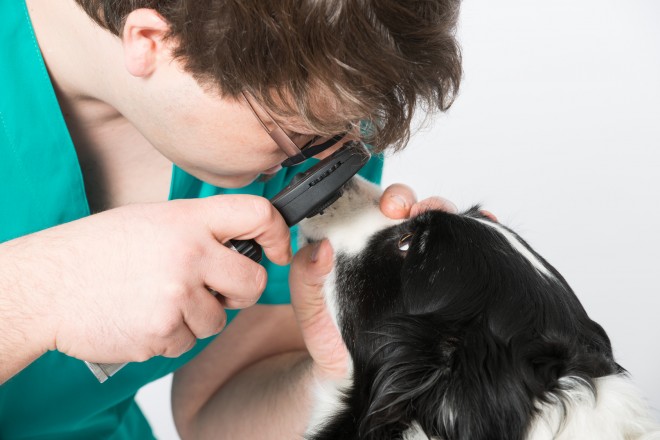 How Would You Know If Your Dog Was Losing Their Eyesight?
How Would You Know If Your Dog Was Losing Their Eyesight?
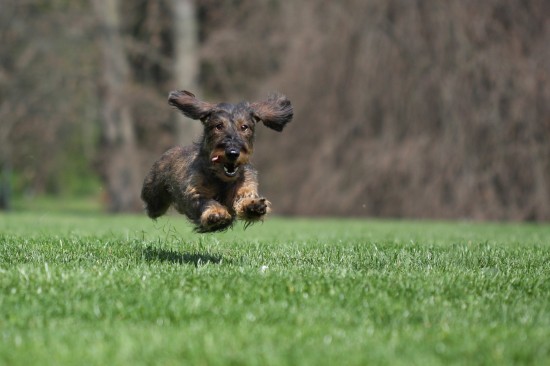 How To Train A Dog To Stop Running Away
How To Train A Do
How To Train A Dog To Stop Running Away
How To Train A Do
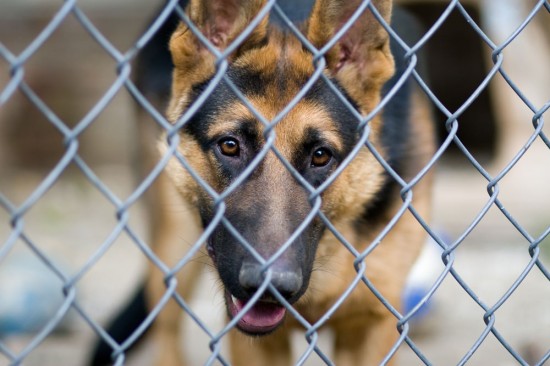 5 Good Reasons To Sponsor A Dog
5 Good Reasons To
5 Good Reasons To Sponsor A Dog
5 Good Reasons To
 Simple and effective way to getting ESA letter in online
Simple and effective way to getting ESA letter in online
Simple and effective way to getting ESA letter in online
Simple and effective way to getting ESA letter in online
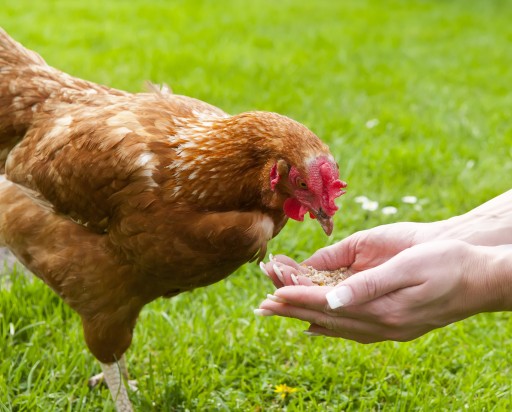 4 Vitamin Deficiencies Seen In Chickens
4 Vitamin Deficie
4 Vitamin Deficiencies Seen In Chickens
4 Vitamin Deficie
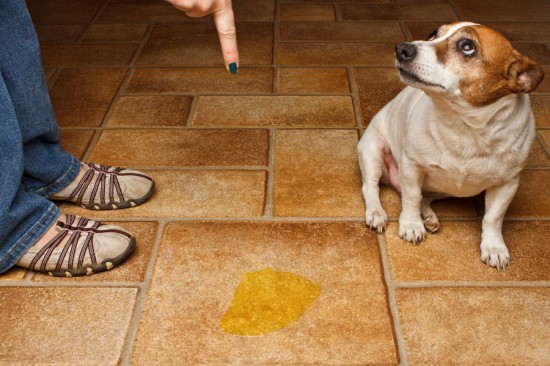 Urinary Incontinence In Dogs
Urinary Incontine
Urinary Incontinence In Dogs
Urinary Incontine
Copyright © 2005-2016 Pet Information All Rights Reserved
Contact us: www162date@outlook.com